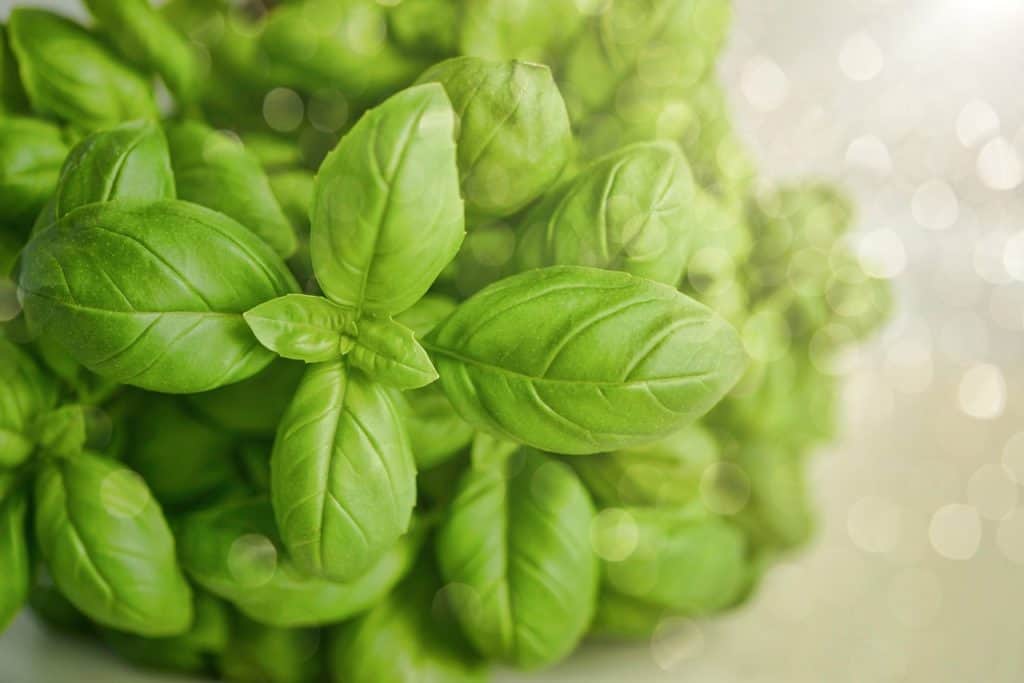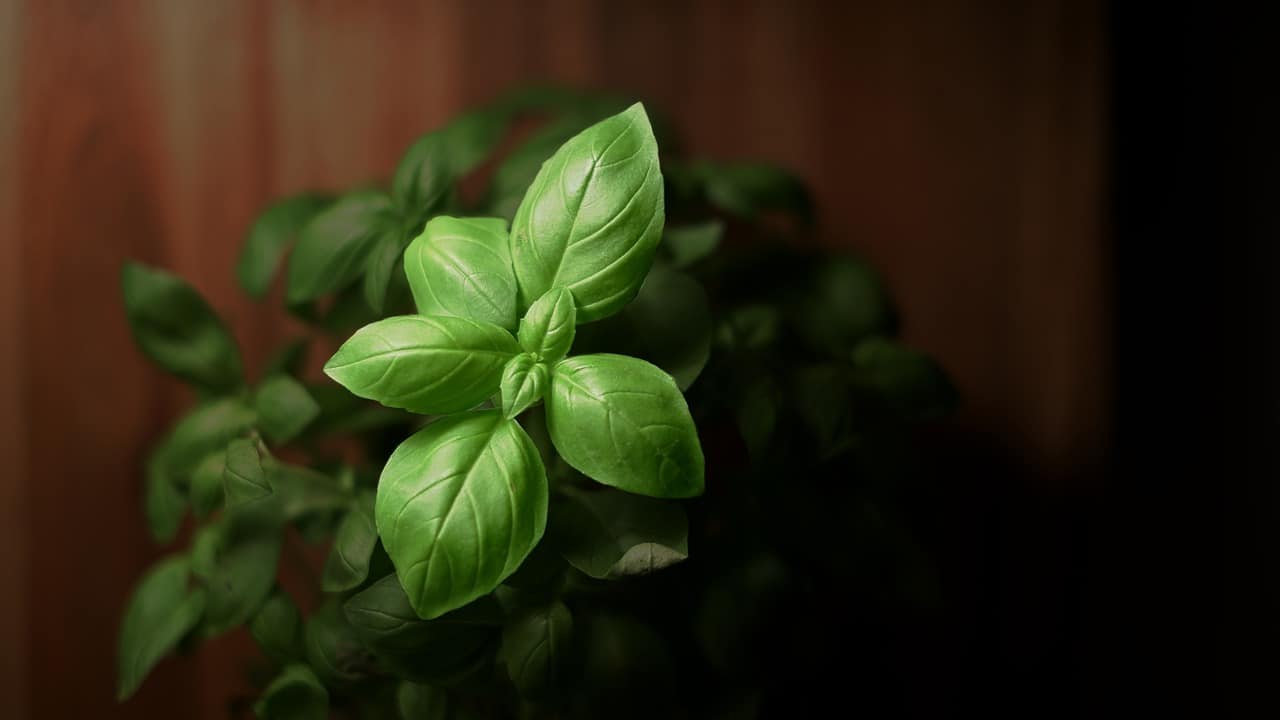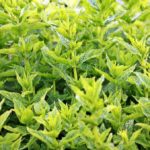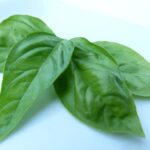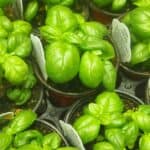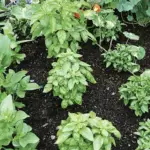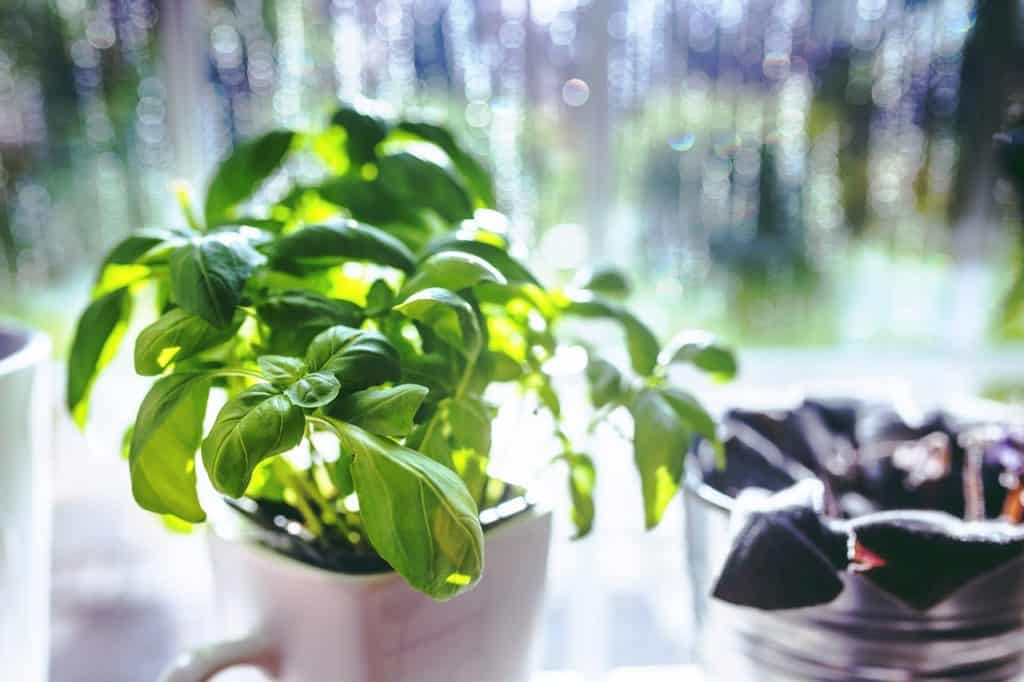
Basil With A Woody Stem
Welcome to this post about basil that has developed a woody stem. It can become an issue as more of the herb is not unusable. There can be a few different causes that make this happen. The most probable one is that the plant is just nearing the end of the season. As it has grown for several months without having the main stem cut off, it will begin to harden. That’s natural for most culinary herbs. As for fixing this there is not a whole lot you can do once it has started. But we will include some things to prevent it in this article.
If you are having issues with your basil growing leggy instead and not into a bushy plant like you want then we have the perfect article for you. It explains why that happens and what you can do about it. Find it here, How To Fix A Leggy Basil Plant.

Basil With A Woody Stem
Just like we explained in the beginning of this article. The main reason for having a woody basil stem is because of it being old. It has simply grown long enough for it to harden. This is not really a bad thing as it indicates it has established itself and can handle rougher pruning and cutting. But it does slightly dull the flavor of the new leaves coming out of the plant.
So be wary of that. At the end of the season the plant will want to start flowering and developing seed after being pollinated. This is the only way for it to spread its genetic line and expand. To do this it needs a good foundation. Hardening the stem will make it less vulnerable and therefore this process will be easier.
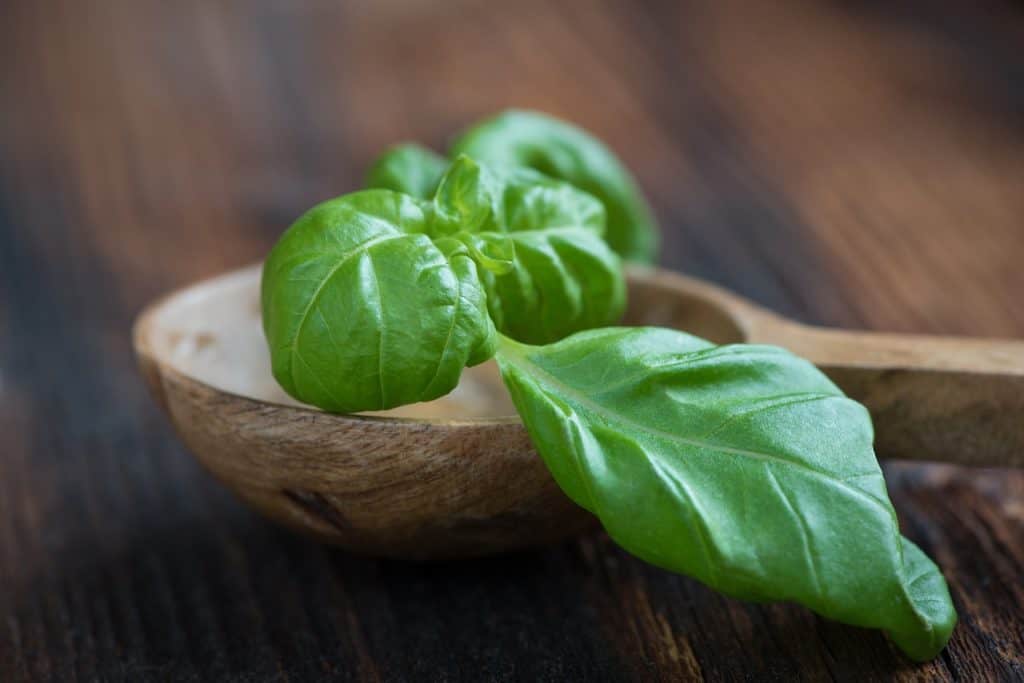
As for fixing this issue there is not really a whole lot you can do once it has happened. It will most likely happen on the main stem of the plant. I never see this as an issue because I don’t prune it. I let this stem shootout with stems from it and those are the one i cut. If I cut the main stem too early then that will endanger the survival of the whole plant. It will also get a lot more bushier appearance if you stay away from doing that.
Can You Prune Woody Basil
Maybe you have done a little bit of pruning already on the plant. But the whole idea of pruning is essentially to cut off one stem and have two new stems come out. Making sure that you get this process right then if some parts of the stem is getting a woody texture shouldn’t really be a problem. Basil is a herb that only lives for a year making an annual one. So you don’t need to worry about treating it right to stay for the next year.
.
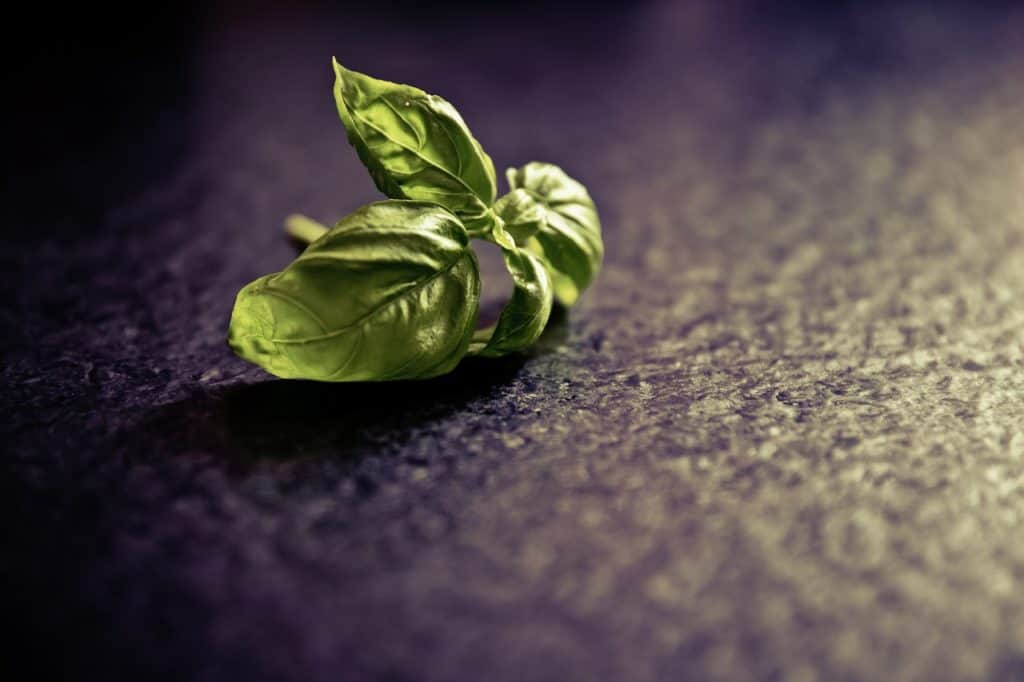
I want to reiterate again on what we have been talking about in this article here. The biggest reason for your basil getting a woody stem is because it’s simply nearing the end of the growing season. It has managed to establish itself and has been healthy throughout the year. If anything you should take this as a good sign. But also start to think about cutting down the whole plant. This is because the flavor will start to dull out the further it goes now.
Are you wondering why your basil plant is beginning to develop flowers in the middle of the season? We have written an article that answers exactly that. You can find it here, Why Does My Basil Plant Have Flowers?
